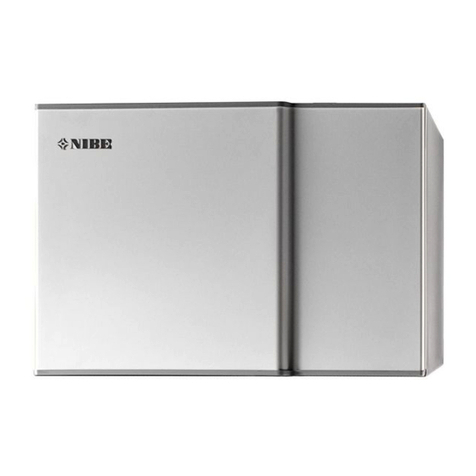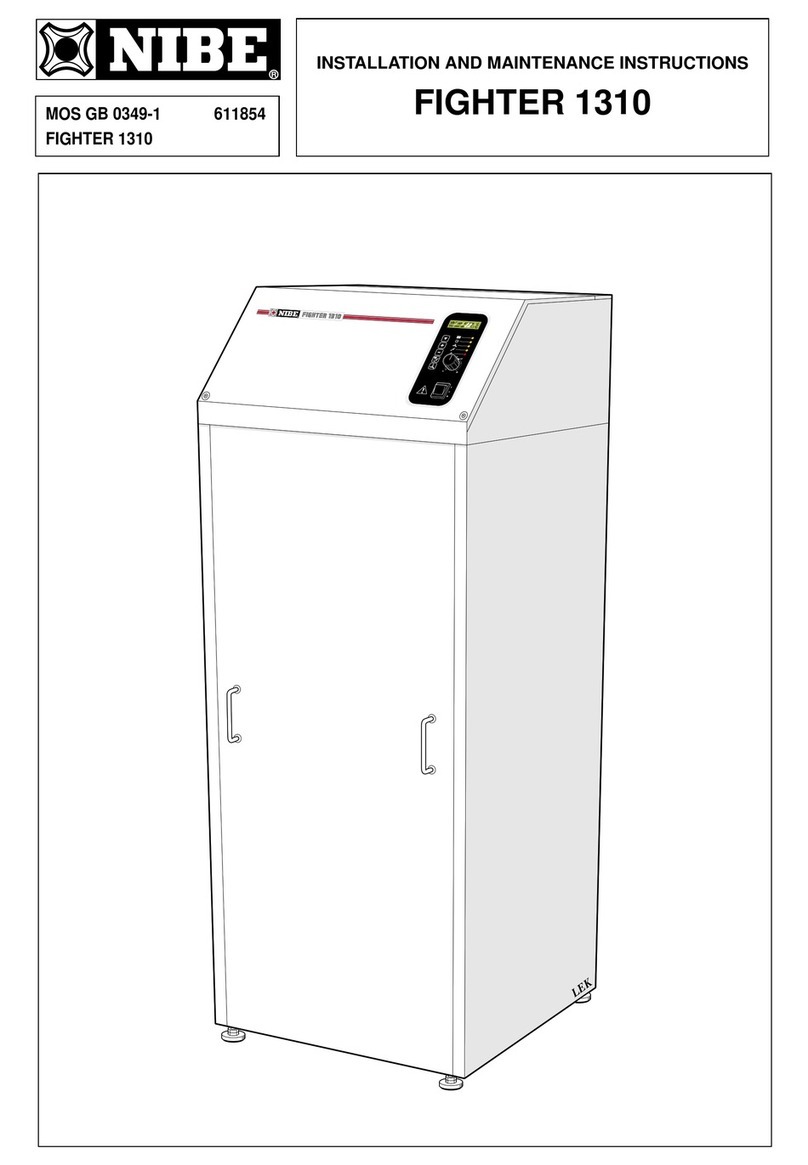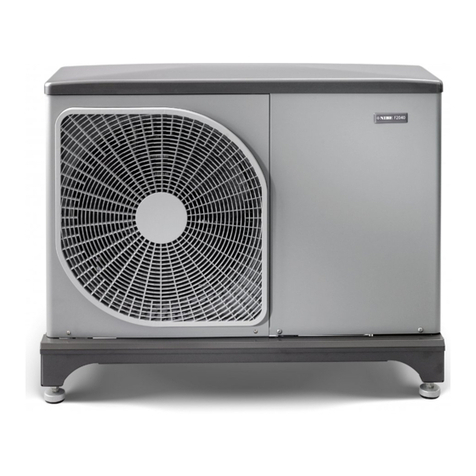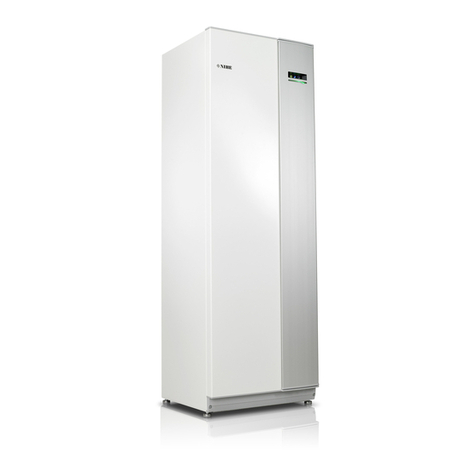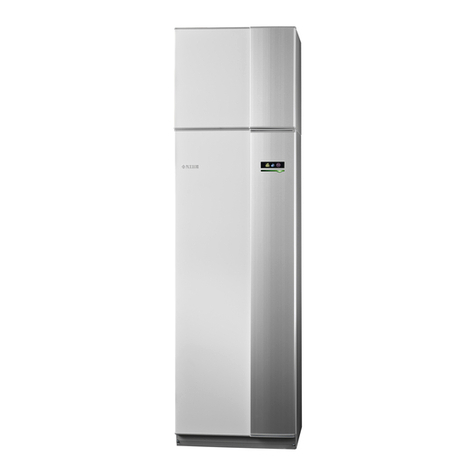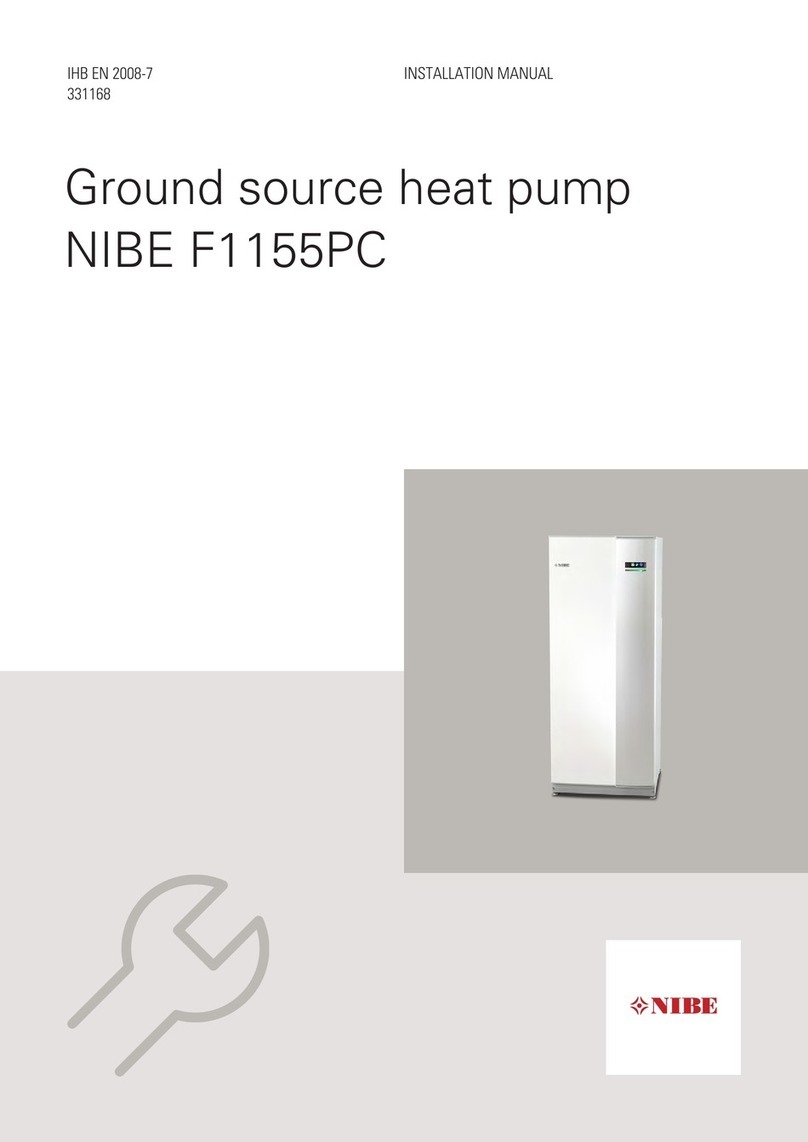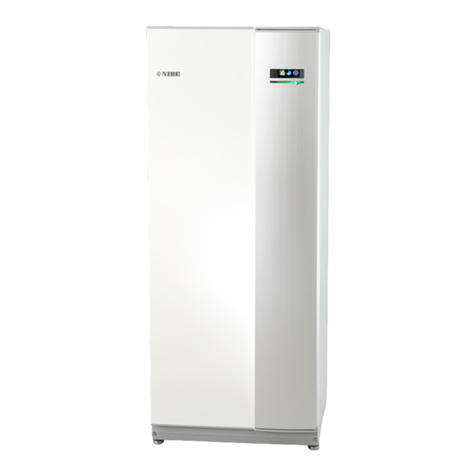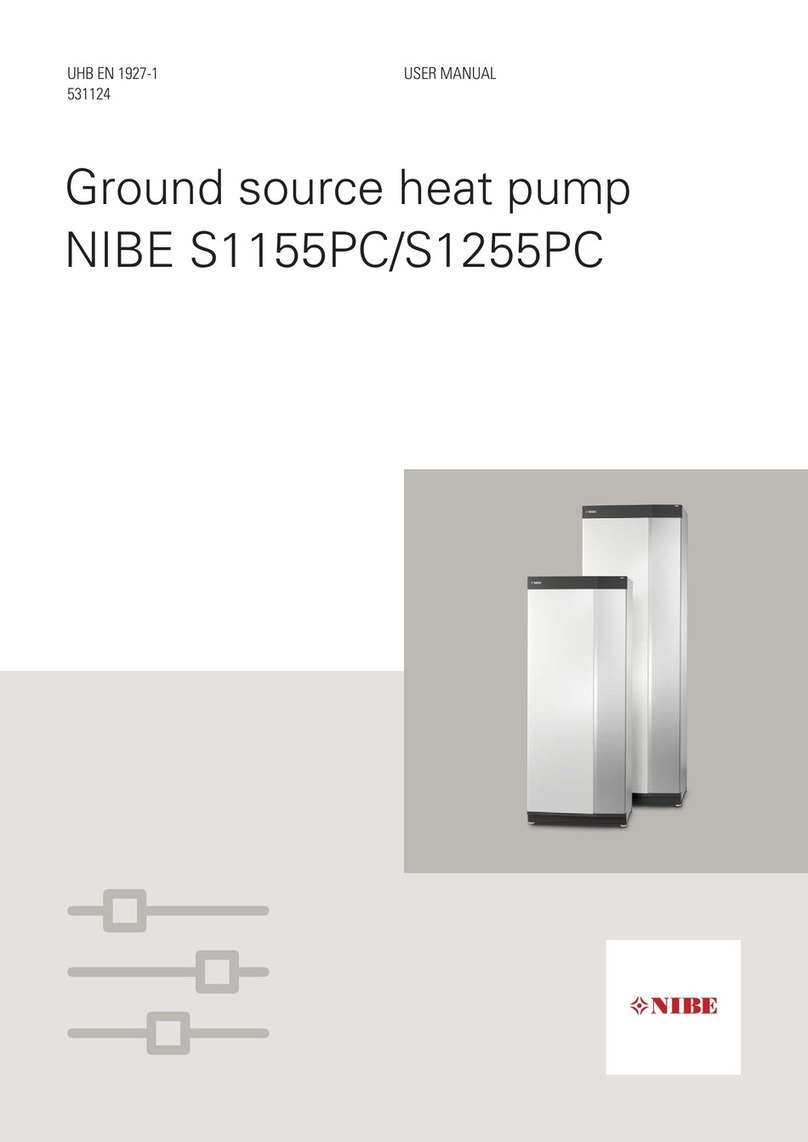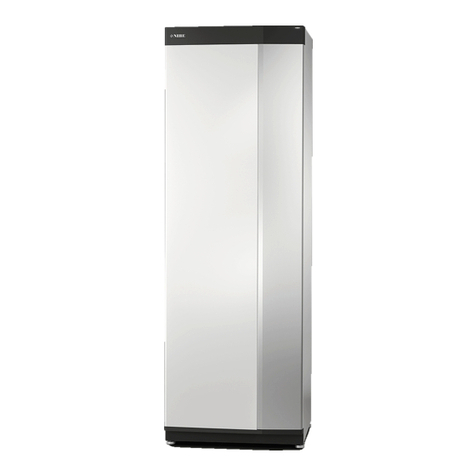
CLIMATEMASTER WATER-SOURCE HEAT PUMPS
Tranquility®Compact Belt Drive (TC_L) Series
Rev.: 24 January, 2023
4ClimateMaster Water-Source Heat Pumps
General Information
WARNING! To avoid the release of refrigerant into the
atmosphere, the refrigerant circuit of this unit must be
serviced only by technicians who meet local, state, and
federal prociency requirements.
WARNING! All refrigerant discharged from this unit must
be recovered WITHOUT EXCEPTION. Technicians must
follow industry accepted guidelines and all local, state, and
federal statutes for the recovery and disposal of refrigerants.
If a compressor is removed from this unit, refrigerant circuit
oil will remain in the compressor. To avoid leakage of
compressor oil, refrigerant lines of the compressor must be
sealed after it is removed.
CAUTION! To avoid equipment damage, DO NOT use
these units as a source of heating or cooling during the
construction process. The mechanical components and
lters can quickly become clogged with construction dirt and
debris, which may cause system damage and void product
warranty.
⚠
WARNING!
⚠
⚠
WARNING!
⚠
⚠
WARNING!
⚠
⚠
WARNING!
⚠
⚠
CAUTION!
⚠
WARNING! The EarthPure®Application and Service Manual
should be read and understood before attempting to service
refrigerant circuits with HFC-410A.
Inspection -
Upon receipt of the equipment, carefully check
the shipment against the bill of lading. Make sure all units
have been received. Inspect the packaging of each unit, and
inspect each unit for damage. Ensure that the carrier makes
proper notation of any shortages or damage on all copies of
the freight bill and completes a common carrier inspection
report. Concealed damage not discovered during unloading
must be reported to the carrier within 15 days of receipt of
shipment. If not led within 15 days, the freight company can
deny the claim without recourse. Note: It is the responsibility
of the purchaser to le all necessary claims with the carrier.
Notify your equipment supplier of all damage within fteen
(15) days of shipment.
Storage - Equipment should be stored in its original
packaging in a clean, dry area. Store units in an upright
position at all times.
Unit Protection -
Cover units on the job site with either the
original packaging or an equivalent protective covering. Cap
the open ends of pipes stored on the job site. In areas where
painting, plastering, and/or spraying has not been completed,
all due precautions must be taken to avoid physical damage
to the units and contamination by foreign material. Physical
damage and contamination may prevent proper start-up and
may result in costly equipment clean-up.
Examine all pipes, ttings, and valves before installing
any of the system components. Remove any dirt or debris
found in or on these components.
Pre-Installation - Installation, Operation, and Maintenance
instructions are provided with each unit. Horizontal
equipment is designed for installation above false ceiling or
in a ceiling plenum. Other unit congurations are typically
installed in a mechanical room. The installation site chosen
should include adequate service clearance around the unit.
Before unit start-up, read all manuals and become familiar
with the unit and its operation. Thoroughly check the
system before operation.
Safety
Warnings, cautions and notices appear throughout this
manual. Read these items carefully before attempting any
installation, service or troubleshooting of the equipment.
DANGER: Indicates an immediate hazardous situation,
which if not avoided will result in death or serious injury.
DANGER labels on unit access panels must be observed.
WARNING: Indicates a potentially hazardous situation,
which, if not avoided, could result in death or serious
injury.
CAUTION: Indicates a potentially hazardous situation or
an unsafe practice, which, if not avoided, could result in
minor or moderate injury or product or property damage.
NOTICE: Notication of installation, operation or
maintenance information, which is important, but which is
not hazard-related.
WARNING! The installation of water-source heat pumps and
all associated components, parts, and accessories which
make up the installation shall be in accordance with the
regulations of ALL authorities having jurisdiction and MUST
conform to all applicable codes. It is the responsibility of
the installing contractor to determine and comply with ALL
applicable codes and regulations.
